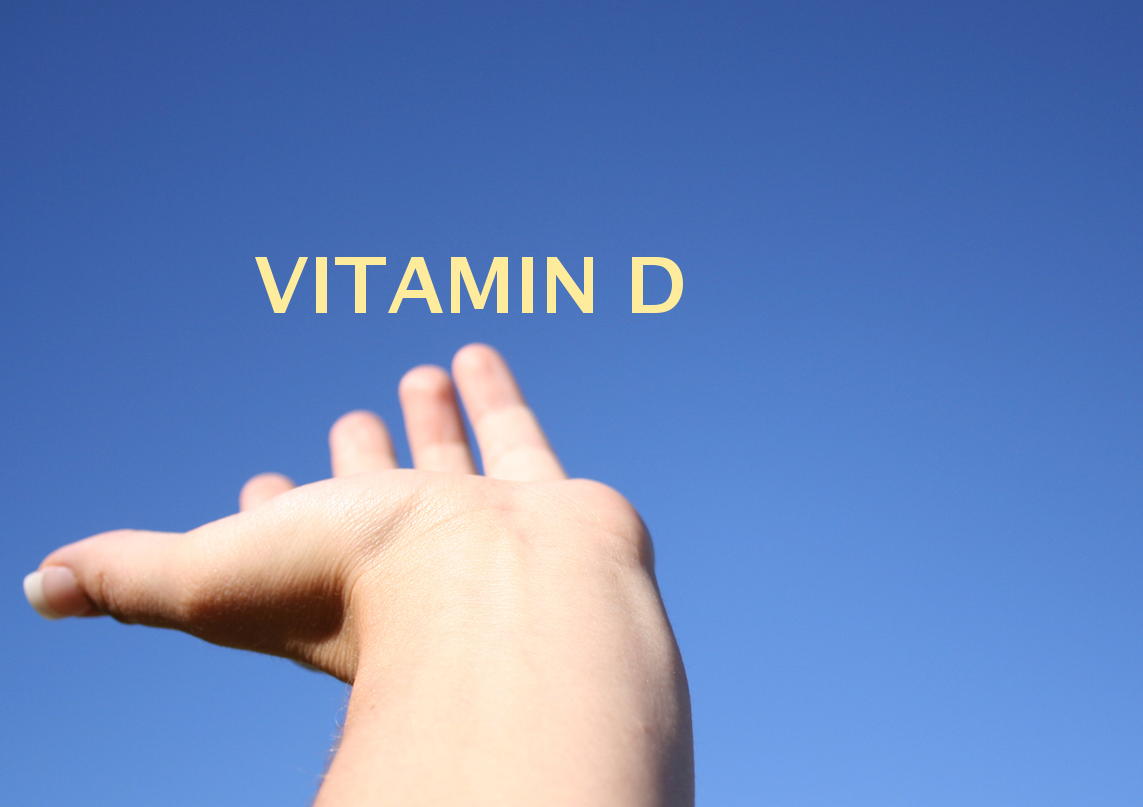Gluten, present in many foods, is a mixture of proteins called gliadin. Gluten is the glue of bread, which means that it is the amount of gluten in flour that determines the strength and elasticity of dough. It also contributes to its fermentation.
Since some people suffer from serious complications as a result of eating gluten, it is important for them to know what foods may contain gluten.
Gluten intolerance: celiac disease
Celiac disease is an intolerance to gluten caused by an immunological reaction: the body considers gluten a foreign molecule and in the presence of this molecule turns against itself, attacking the gut. This disease is rare and accounts for about 0.5% of the population. The diagnosis must be confirmed by serologic tests, which measure the presence of antigliadin antibodies, and by an intestinal biopsy, which shows atrophy of the intestinal villi.
Celiac disease is manifested by abdominal pain, diarrhea, bloating, anemia, fatigue, and depression.
Wheat allergy
Food allergies manifest fairly quickly after ingestion of wheat and include skin, digestive, respiratory and cardiovascular reactions, up to and including anaphylactic shock.
Non-celiac gluten sensitivity/gluten intolerance
This refers to patients with gluten-induced symptoms that disappear with a gluten-free diet, provided that these patients are celiac and wheat allergic.
- In all cases, once consumption of gluten is completely stopped, the symptoms disappear along with the antibodies causing the disorder. The intestines heal in a few months. It is believed that after two years of a strict diet, one can try to reintroduce gluten-containing foods into the diet under a doctor’s supervision.
Gluten is found in grains made from wheat, barley, oats or rye. Therefore, to avoid gluten, it is necessary to exclude a number of products: bread, pasta, semolina, pastries, some ready-made meals (flour can be a binder in sauces), jelly, some meat products.
Celiac disease affects a small part of the world’s population. However, gluten intolerance of varying degrees of severity is thought to be affecting a growing number of people in Europe. Many people find that by eliminating foods containing gluten from their diet, they feel better and even lose weight.
If you have doubts about your gluten intolerance, consult a nutritionist who can help you find appropriate solutions.
Foods Containing Gluten
To be on the safe side, you should carefully check the ingredient list on the labels of each of these foods:
- Bread
- Flour
- Cookies
- Pastry
- Pasta
- Pizza
- Cakes
- Chocolate (wheat flour)
- Cold snacks (additive and modified starch)
- Soups (wheat flour or wheat gluten) and salad dressings (wheat flour: thickener)
- Beer
- Ketchup
- Ice cream
- Battered meat and fish
- Certain types of mustard
Watch your diet and its variety
If a doctor has diagnosed true celiac disease, a strict diet should be followed, excluding the foods listed. You should pay attention to stabilizers, additives and thickeners in preparations and read labels carefully.
You can eat :
- Dairy products are not a problem, with the exception of processed cheeses and some jelly creams; caution should be exercised with chocolate-flavored yogurts.
- Fruit can be eaten without problem (except dried figs, which are often floury).
- Fresh meat and fish are allowed, but prepared foods (fresh, canned or frozen) should be excluded because they contain flour as a binder.
- All fresh, canned and frozen vegetables are allowed, but steamed vegetables may contain flour.
- Pure fruit sweets and sour sweets are gluten-free and can be eaten.
- Especially made Gluten-free foods (bread, flour, pasta, etc.
Today, many food manufacturers offer products that are guaranteed to be gluten-free, so the task of finding one is easier.
Asian foods, which are often based on rice, are relatively economical and can be recommended. However, care must be taken to ensure that cooked foods are gluten-free (as is the case, for example, with soy sauce).
On the other hand, flour can be substituted for cornmeal or potato starch when cooking prepared foods.
At the beginning of the diet it is often necessary to eliminate lactose from the diet. This is because damage to the intestinal mucosa (villous atrophy) leads to a decrease in the activity of lactase, an enzyme necessary to digest lactose and located on the surface of the mucosa. The duration of this diet is theoretically designed to last a lifetime.
Benefits of a gluten-free diet
– Reduced symptoms of celiac disease
– Reduced chronic fatigue
Chronic fatigue is one of the symptoms of celiac disease associated with vitamin malabsorption.
– Reducing stomach pain
The only remedy for reducing intestinal pain caused by celiac disease is to eliminate gluten from the diet. It may also be advisable to reduce consumption of fermentable vegetables and legumes to enhance the effects of gluten-free foods.
– Weight Loss
A gluten-free diet can help you lose weight because it eliminates gluten-rich foods that are also high in calories: bread, pasta, cookies, baked goods, etc. Cutting down on these foods can really help you lose weight, but it shouldn’t be your main goal.
Tests to diagnose gluten intolerance :
– Genetic gluten intolerance test (can be done at our medical center)
– Test for latent food intolerance (can also be done at our medical center)








